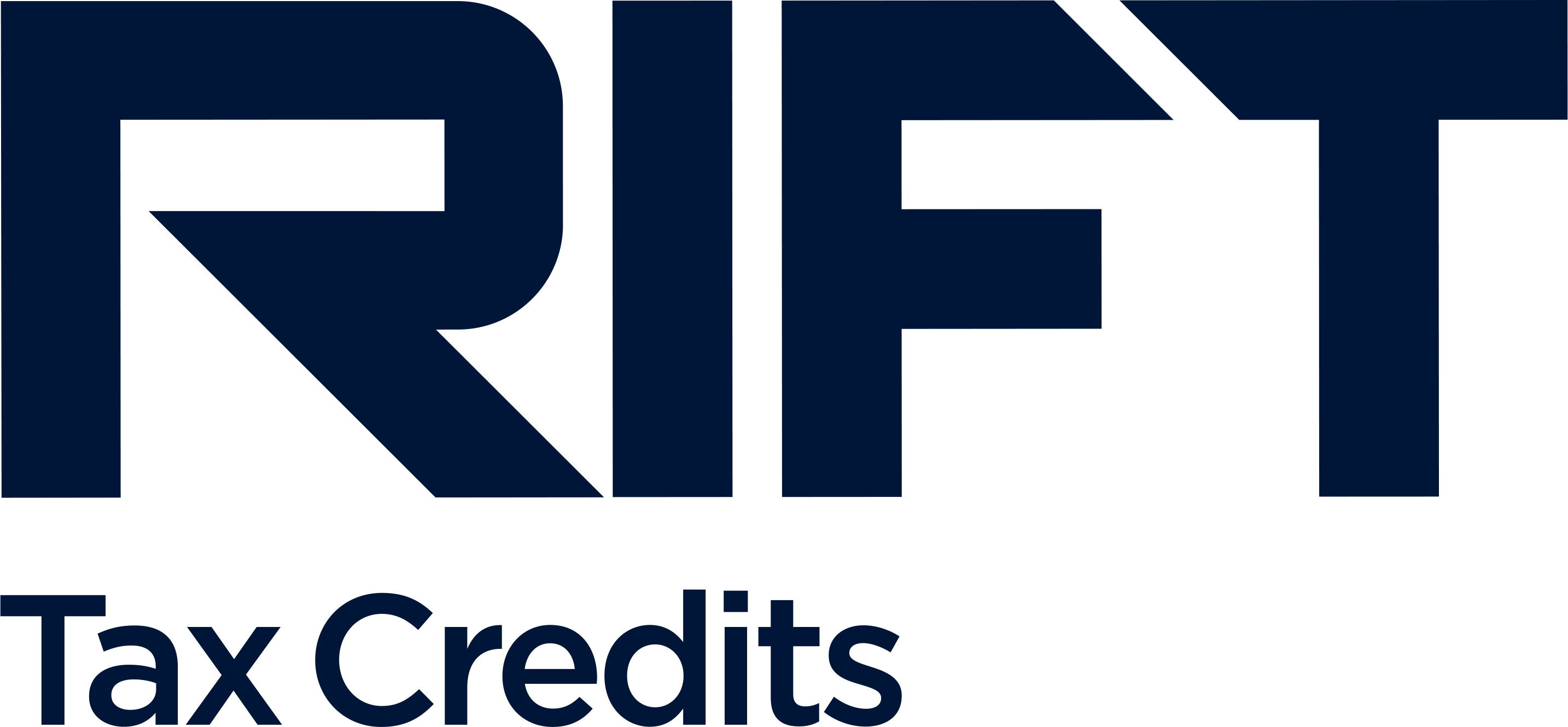RIFT and CIOB: An Innovative Partnership
RIFT Tax Credits is committed to bringing the benefits of R&D Tax Credits to the UK’s most innovative businesses. As part of that commitment, we’re delighted to announce we are working with the Chartered Institute of Building (CIOB). Together, we’ll be working to ensure that the British construction industry always gets the credit it deserves.
What Construction R&D Tax Relief Means for You
If you've developed something new or improved on existing products, methods or materials, then the R&D tax relief scheme is there to support and reward you. That's why there's so much on offer if you qualify, such as:
- An extra 130% deduction on SME R&D costs.
- A tax credit cash payment to help you cover urgent costs.
- Large companies can benefit at 8.8% of their R&D costs.
- Even if your R&D doesn’t go to plan, your claim remains valid.
Why do R&D Tax Credits matter?
R&D Tax Relief goes so much further than most businesses realise. As an industry that thrives on innovation, it’s shocking that as little as 3% of R&D Tax Credits claims come out of the building trade each year.
So many valuable qualifying projects, activities and expenditures are treated as “just day-to-day business”.
What if my company doesn’t have a “research and development” programme?
The stereotypical image of R&D belonging firmly in the world of lab coats and microscopes is holding many firms back at a time when a real surge in innovation is needed. With the long shadow of an uncertain Brexit and a looming skills shortage to contend with, it’s more critical than ever for construction firms to get the rewards their innovations earn them.
What’s more, the UK government is actively trying to encourage them to make their claims. With an average R&D SME claim being worth £54,000we’re talking about the single largest incentive scheme of its kind – and far too many are still missing out.
The range of costs and activities that count as R&D is a lot broader than you might think, and your project doesn't even have to be a success to qualify. If any this describes something you’ve done then you probably qualify for tax credits:
- It took expertise and brain power to get it done.
- You’re tackling obstacles in new ways.
- You’re finding easier, safer or "greener" ways to work.
- You’ve made better use of existing technologies.
- There was no obvious solution already.
- You're activity results in an advance in science or technology.
- Your competitors would like to take advantage of it if they could.
Examples of qualifying activity
- Overcoming system uncertainty may be necessary where older buildings have been refurbished with systems of varying ages. Integrating newer technology can be a challenge, while meeting the demands of sustainability and restoration. Juggling the requirements for BREEAM status can take significant innovation when you’re working to maintain the character and “essence” of a building.
- Managing challenging ground conditions through innovation, such as issues with piling or foundations, perhaps requiring dealing with unidentified contamination. Effective solutions may not always be readily identifiable, so businesses innovate to minimise delays, budget overruns and other problems.
- Recreating old techniques and developing new ones, particularly when dealing with older structures or newer “green” regulations. Certain techniques may have fallen out of use, or may no longer be appropriate. The growing skills shortage is obviously a real concern here. Finding newer, more effective or efficient methods to achieve the required result can mean a lot of innovative R&D work.
- Bespoke designs for one-off builds. Bespoke projects can be tough to plan around. Not every obstacle or eventuality can be predicted. A lot of work needs to be done at the design stage, naturally, and where there’s no existing blueprint to work from the complications and challenges are heightened. This is exactly the kind of environment that calls for innovative thinking and solutions.
Why work with RIFT?
- We're specialists in hunting down every qualifying cost and activity in your business.
- We speak HMRC's language and have an outstanding success rate We understand the rules around everything that may have an impact on your claim such as grants and subsidies, sub-contracted R&D and innovation in connected enterprises and can advise you accordingly.
- We're here to stay. We're a family owned business established in 1999 and employing over 180 people.
Why we are working with the Chartered Institute of Building?
The Chartered Institute of Building has been promoting excellence in construction for an incredible 185 years. It has over 45,000 members worldwide, and its professional and vocational qualifications are highly respected. RIFT is honoured to be supporting the CIOB to bring the full benefits of R&D Tax Credits to its members. From advanced Building Information Modelling techniques to modular construction, the building trade is one of the UK’s most dynamic sectors. Even so, only 3% of R&D Tax Credits claims come from construction firms. Working with the CIOB, RIFT is aiming to ensure that innovation always brings rewards.
As the UK’s leading light in R&D Tax Credits claims, RIFT has already claimed back many millions of pounds for our R&D Tax Relief clients with a success rate of 99.5%. That’s not even considering the over £110 million we’ve saved customers through completing 48,000 tax returns each year. When you’re building an R&D claim from the ground up, RIFT is the perfect tool for the job. By partnering with the CIOB, we’ll be able to get the message about R&D Tax Credits out more widely than ever – putting valuable tax relief firmly within reach throughout the UK’s construction sector.
In construction, every project presents its own, unique set of challenges – and with them, the opportunity to innovate. New products, materials, processes and approaches can all count toward an R&D Tax Credits claim. In partnership with CIOB, RIFT Tax Credits is determined to raise awareness, and maximise the benefits, of this incredibly valuable incentive and reward scheme.
It's 4 easy steps
If you're breaking through barriers and pushing back boundaries in your business, then you could be due Research and Development Tax Relief.
-
1
We Research:
Our expert teams unearth the hidden value of your work.
-
2
We Review:
HMRC needs to understand your vision. We speak their language.
-
3
We Deliver:
With your input, we will prepare your claim and back it up with rock-solid evidence for you to submit.
-
4
We Support:
We fight your corner until your claim’s paid.

